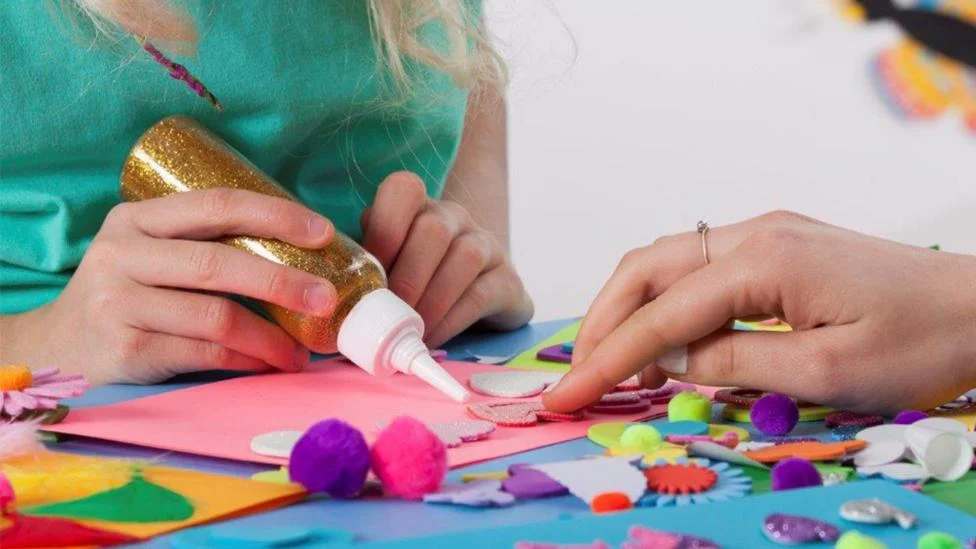Introduction
In today’s rapidly evolving creative landscape, Gloot Craft has emerged as a unique fusion of digital technology and traditional craftsmanship. This innovative approach allows individuals to design and produce personalised creations, seamlessly blending virtual concepts with tangible outcomes. Whether you’re a gamer, DIY enthusiast, or someone intrigued by the convergence of digital and physical art forms, Gloot Craft offers a platform that caters to diverse creative pursuits.
What is Gloot Craft?
At its core, Gloot Craft integrates digital design tools with hands-on crafting techniques. This process enables creators to conceptualize designs digitally and bring them to life through various fabrication methods. The term “Gloot” is believed to have originated from online communities, symbolising a blend of imaginative design and collaborative effort. When combined with “Craft,” it emphasises the hands-on aspect of creating both digital and physical artefacts.
Key Characteristics of Gloot Craft
Gloot Craft is defined by several standout features:
- Personalisation: Each project is tailored to reflect the creator’s unique vision or client-specific requirements.
- Collaboration: Creators often work together, sharing resources and expertise to realise complex projects.
- Technology Integration: Advanced tools like 3D printers and design software are central to the process.
- Community Engagement: Gloot Craft thrives in communities where creators exchange ideas, offer feedback, and support each other’s growth.
Applications of Gloot Craft
Gloot Craft’s versatility spans multiple industries and personal endeavours. Below are some of its most prominent applications:
1. Gaming Industry
Designers create customised avatars, skins, and game environments, enhancing player engagement. Additionally, gamer can develop and share modifications (mods) within communities.
2. Education
Schools incorporate Gloot Craft to teach design principles, technology use, and problem-solving through hands-on projects. For instance, 3D modeling and fabrication help students grasp complex concepts in science, engineering, and art.
3. Fashion and Accessories
Designers use digital patterns and 3D printing to create bespoke clothing, jewellery, and wearable technology like smart fabrics and LED-integrated clothing.
4. Art and Sculpture
Artists blend digital tools with traditional methods to produce unique sculptures and installations. Moreover, augmented reality (AR) and virtual reality (VR) are often incorporated to enhance artistic experiences.
5. Home Décor and DIY Projects
Enthusiasts customise home decor items and craft personalised gifts using techniques like laser-cutting and CNC carving.
Essential Tools and Technologies
Successful Gloot Craft projects rely on a variety of tools and technologies:
- 3D Printers: Transform digital designs into physical objects.
- Design Software: Applications like Blender, Tinkercad, and Adobe Creative Suite facilitate the creation of detailed digital models.
- Laser Cutters and CNC Machines: Ensure precision in cutting, engraving, and shaping materials.
- Virtual Reality (VR) and Augmented Reality (AR): Provide immersive environments for designing and testing projects.
- AI-Powered Design Tools: Optimise designs and automate complex crafting processes.
Why is Gloot Craft Growing in Popularity?
The rise of Gloot Craft can be attributed to its accessibility and the increasing demand for personalised creations. For example, online tutorials, open-source tools, and supportive communities make it approachable for beginners. Furthermore, independent creators are monetizing their projects through e-commerce platforms, while crowdfunding enables the launch of new ideas with community support.
Challenges in Gloot Craft
Despite its advantages, practitioners may encounter challenges such as:
- Technological Investment: High costs for equipment and software.
- Learning Curve: Time and dedication required to master tools and techniques.
- Environmental Concerns: Use of non-biodegradable materials in fabrication.
- Intellectual Property Risks: Increased likelihood of copyright infringement and design theft due to digital sharing.
The Future of Gloot Craft
As technology advances, Gloot Craft is poised to evolve with innovations like AI-driven design tools, sustainable materials, and enhanced digital asset verification methods. For instance, blockchain technology may protect intellectual property rights by verifying the authenticity and ownership of designs. Additionally, sustainable manufacturing techniques, such as bio-based materials and recycled components, will continue to shape its future.
Conclusion
Gloot Craft represents a dynamic intersection of digital innovation and traditional craftsmanship. It empowers creators to explore new horizons, personalize their work, and engage with a community of like-minded individuals. As it continues to grow, Gloot Craft is set to redefine creative expression in the modern age.


